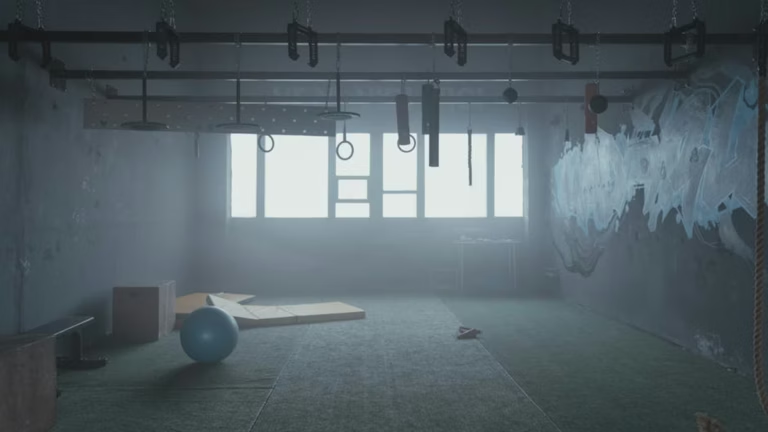Tech-Free Wind Down Routine: Disconnecting for Better Sleep
The Digital Dilemma: Why Tech Disrupts Sleep
In today’s hyper-connected world, we’re constantly bombarded with notifications, emails, and social media updates. While technology offers undeniable benefits, its pervasive presence, especially before bed, can wreak havoc on our sleep. The blue light emitted from our devices suppresses melatonin, the hormone that regulates sleep, making it harder to fall asleep and stay asleep. This leads to a cycle of fatigue, dependence on caffeine, and even more screen time, further exacerbating the problem.
But there’s hope! By implementing a tech-free wind down routine, you can reclaim your evenings and pave the way for a more restful night.
Crafting Your Tech-Free Wind Down Routine
A successful tech-free wind down routine is personalized and tailored to your individual needs and preferences. The key is consistency and creating habits that signal to your body it’s time to relax and prepare for sleep. Ideally, this routine should begin at least one to two hours before your desired bedtime.
Step 1: Establish a Tech Curfew
This is perhaps the most crucial step. Set a firm boundary for when you’ll power down all electronic devices – phones, tablets, computers, and even the TV. Stick to this curfew religiously, even on weekends. Consider using a physical alarm clock instead of your phone to avoid the temptation of checking notifications.
Step 2: Create a Relaxing Ambiance
Transform your bedroom into a sanctuary dedicated to sleep. Optimize your environment for relaxation:
- Dim the lights: Use lamps with warm-toned bulbs or candles (safely!) to create a calming atmosphere.
- Adjust the temperature: A slightly cooler room temperature (around 65 degrees Fahrenheit) is ideal for sleep.
- Minimize noise: Use earplugs, a white noise machine, or a fan to block out distracting sounds.
- Ensure a comfortable bed: Invest in supportive pillows and a comfortable mattress.
Step 3: Engage in Relaxing Activities
Replace screen time with activities that promote relaxation and mindfulness. Here are a few ideas:
- Reading a physical book: Escape into a good story without the glare of a screen.
- Taking a warm bath or shower: The warm water can help relax your muscles and lower your body temperature, signaling to your body it’s time to sleep. Adding Epsom salts can further enhance relaxation.
- Practicing meditation or deep breathing exercises: These techniques can help calm your mind and reduce stress. There are many free guided meditation apps available (just use them before your tech curfew!).
- Gentle stretching or yoga: Light stretching can release tension in your body and prepare you for sleep.
- Journaling: Writing down your thoughts and feelings can help you process the day and clear your mind.
- Listening to calming music: Choose soothing instrumental music or nature sounds.
Step 4: Establish a Consistent Sleep Schedule
Going to bed and waking up at the same time each day, even on weekends, helps regulate your body’s natural sleep-wake cycle (circadian rhythm). This consistency makes it easier to fall asleep and wake up feeling refreshed.
Troubleshooting Common Challenges
Transitioning to a tech-free wind down routine can be challenging, especially if you’re used to spending your evenings glued to your devices. Here are some tips for overcoming common obstacles:
- Cravings for connection: If you find yourself constantly reaching for your phone, try engaging in a different activity that provides social interaction, such as calling a friend or spending time with loved ones in person (before your tech curfew!).
- Fear of missing out (FOMO): Remind yourself that most things can wait until morning. Unplugging allows you to be more present in your own life.
- Boredom: Experiment with different activities until you find something you enjoy and that helps you relax.
- Withdrawal symptoms: You might experience some initial irritability or restlessness as you adjust to less screen time. Be patient with yourself and stick with the routine.
The Rewards of Disconnecting
While it may take some effort to establish a tech-free wind down routine, the rewards are well worth it. Improved sleep quality can lead to:
- Increased energy levels
- Improved mood and focus
- Reduced stress and anxiety
- Better physical health
- Enhanced cognitive function
Embrace the Night: Reclaim Your Sleep
In a world that constantly demands our attention, taking time to disconnect and prioritize sleep is an act of self-care. By creating a tech-free wind down routine, you can reclaim your evenings, improve your sleep quality, and wake up feeling refreshed and ready to tackle the day. So, power down your devices, embrace the quiet, and unlock the power of a good night’s sleep. Your mind and body will thank you for it. Start small, be consistent, and enjoy the journey towards better sleep and a healthier, happier you. Remember, consistency is key and small changes can make a big difference.






